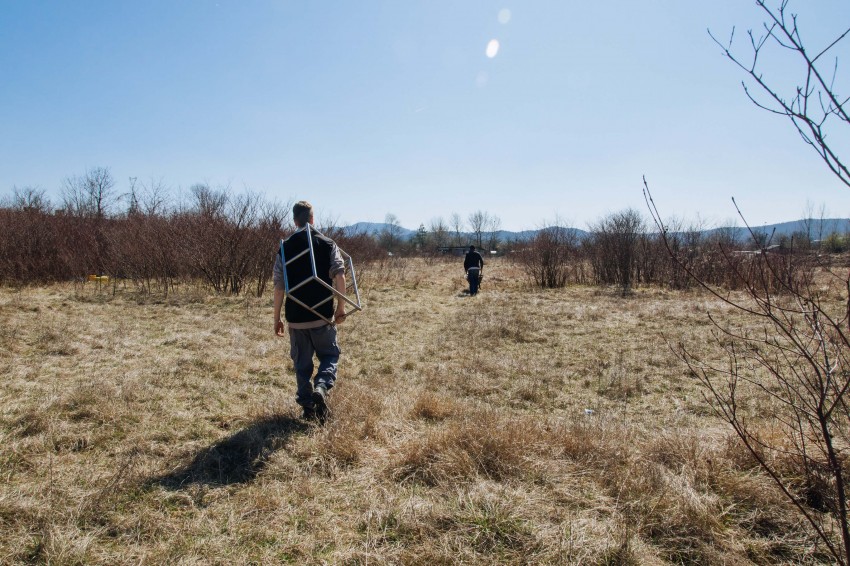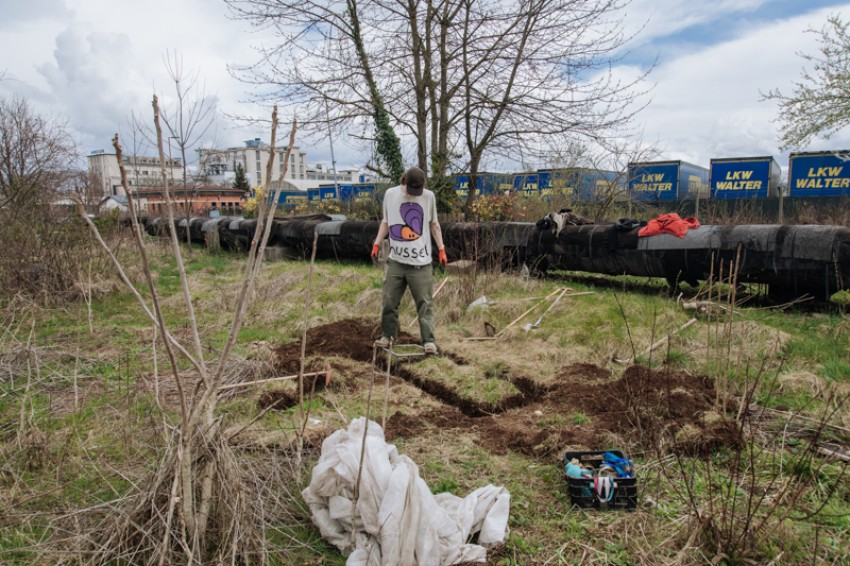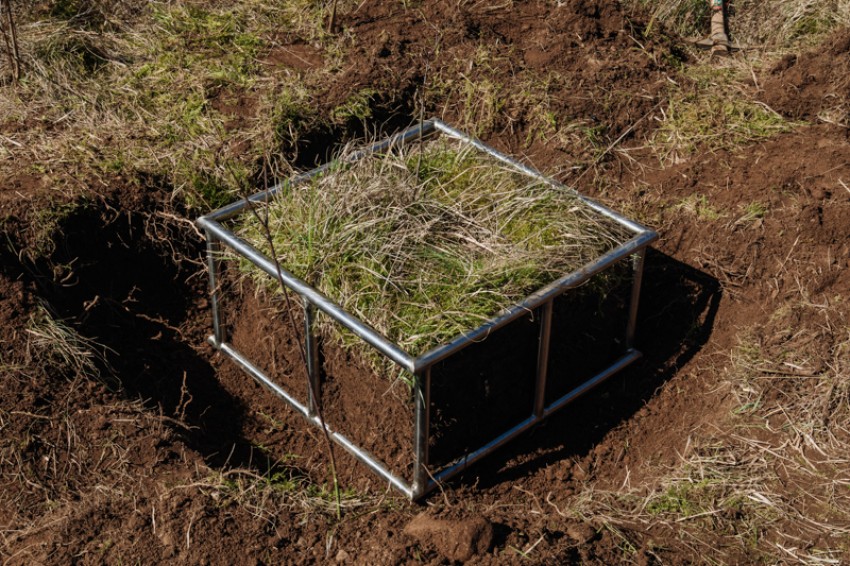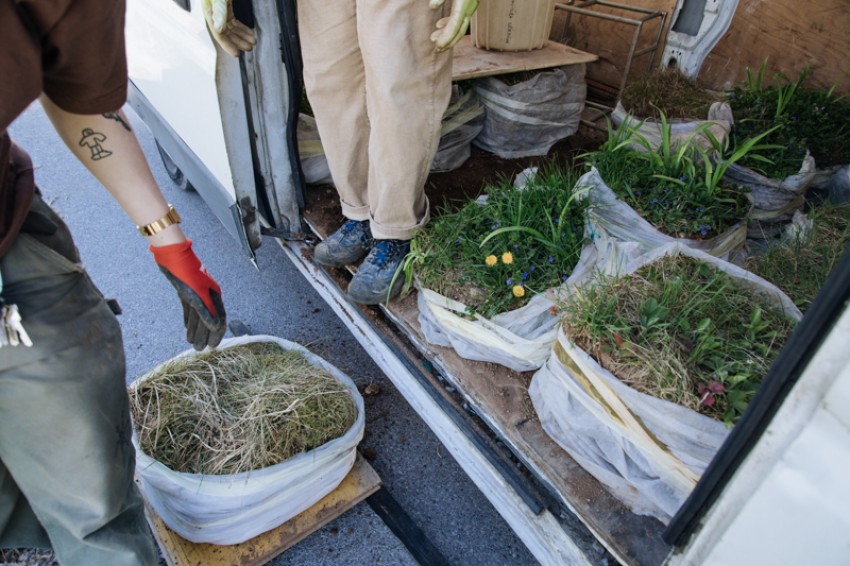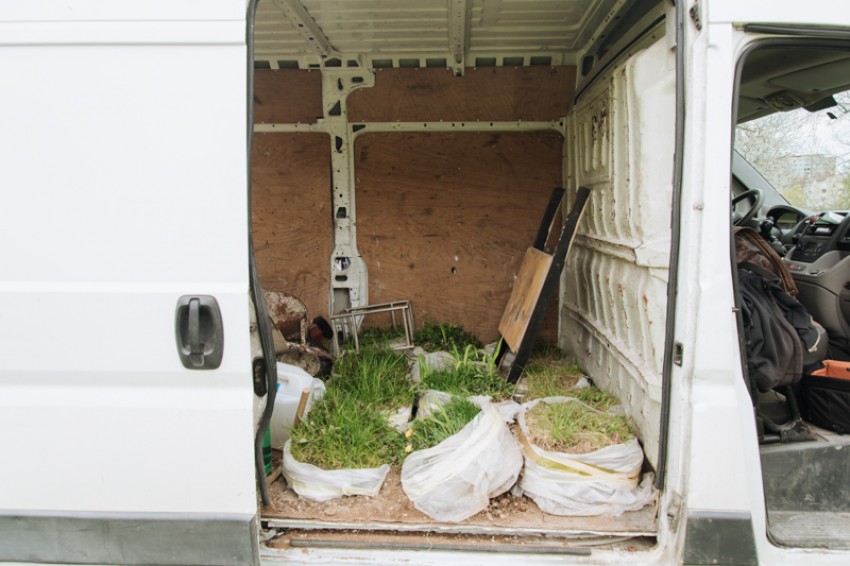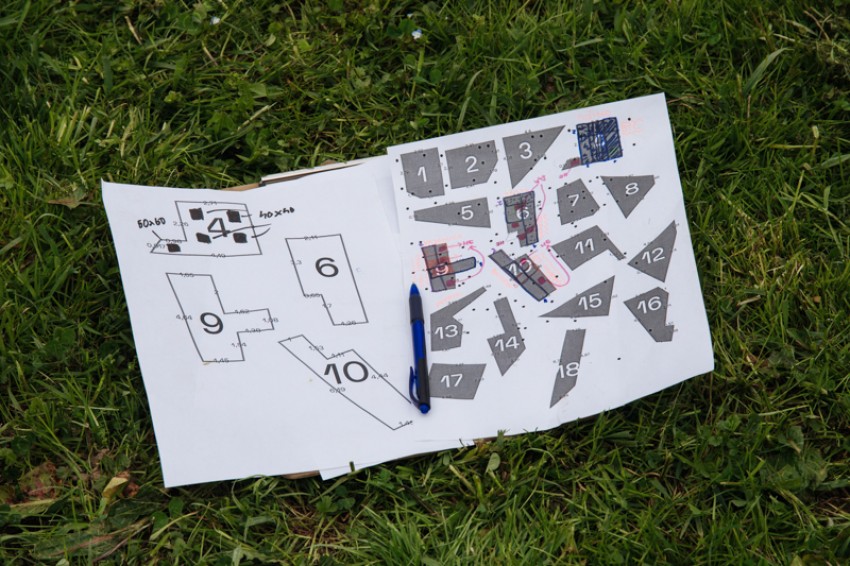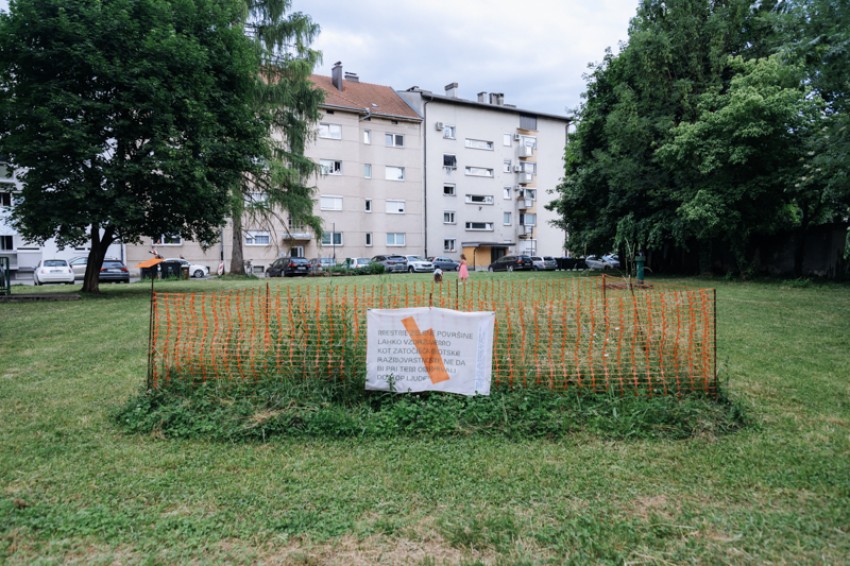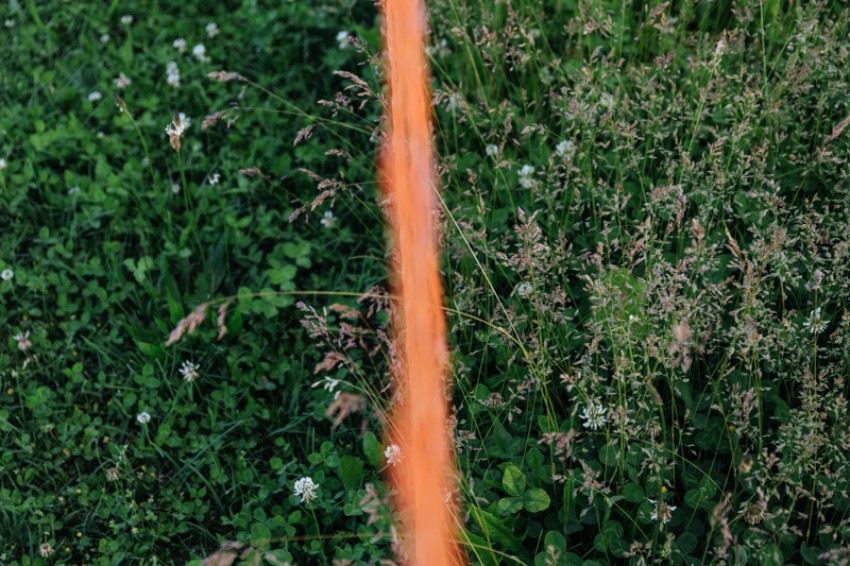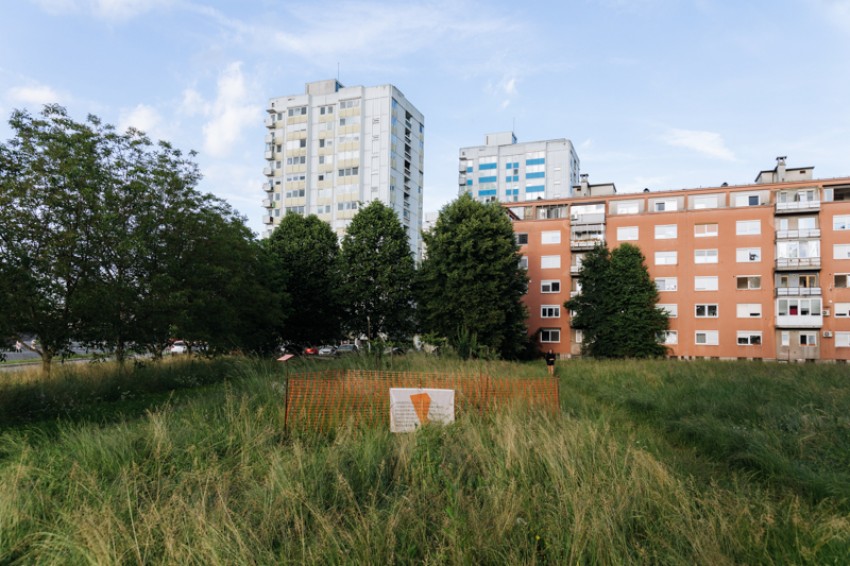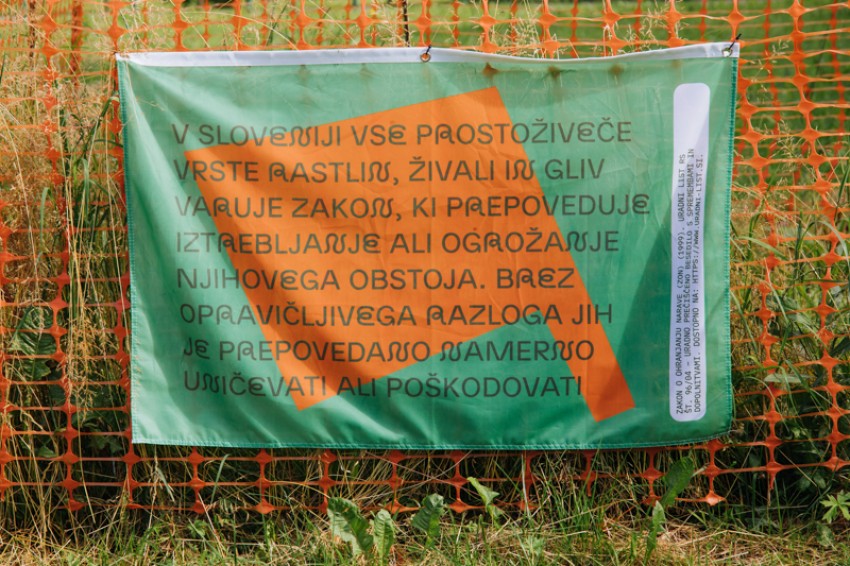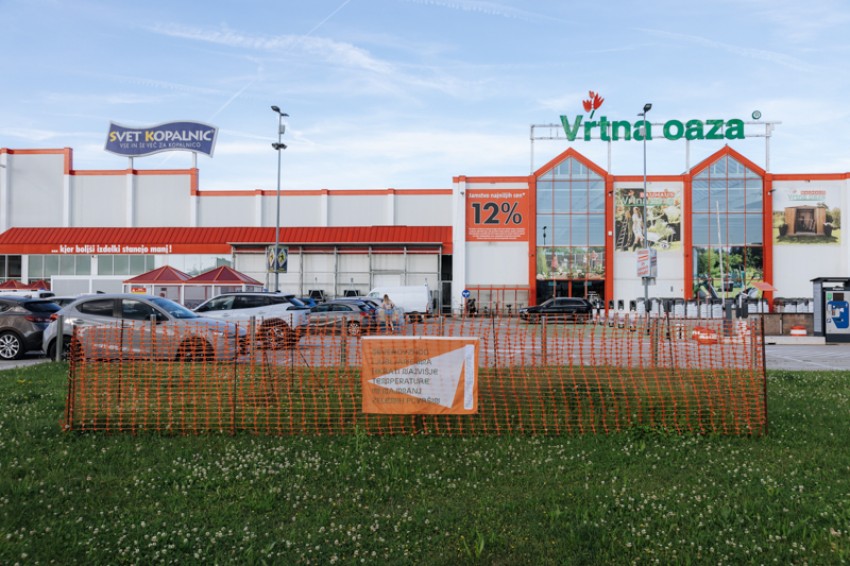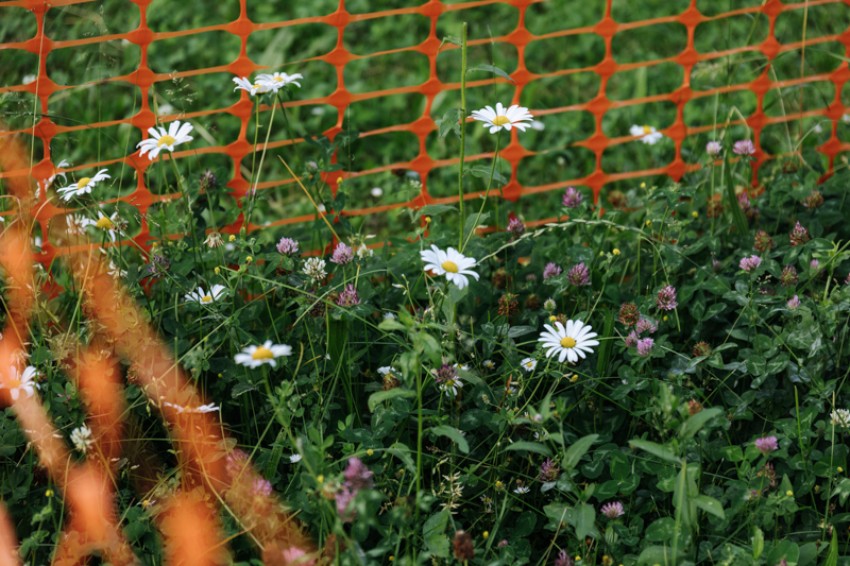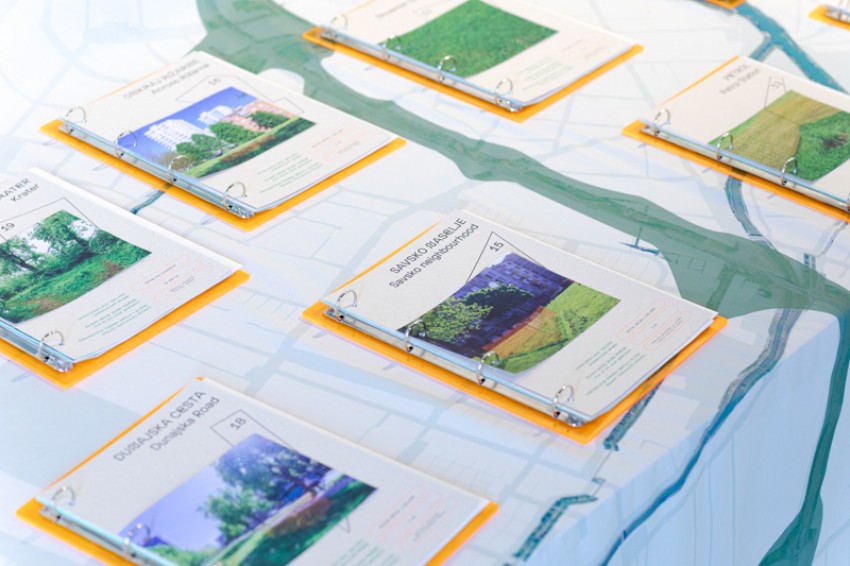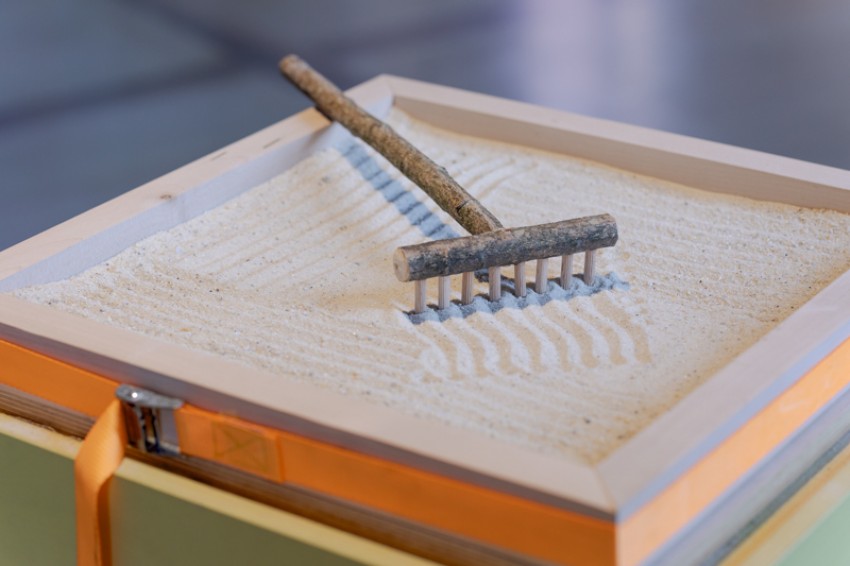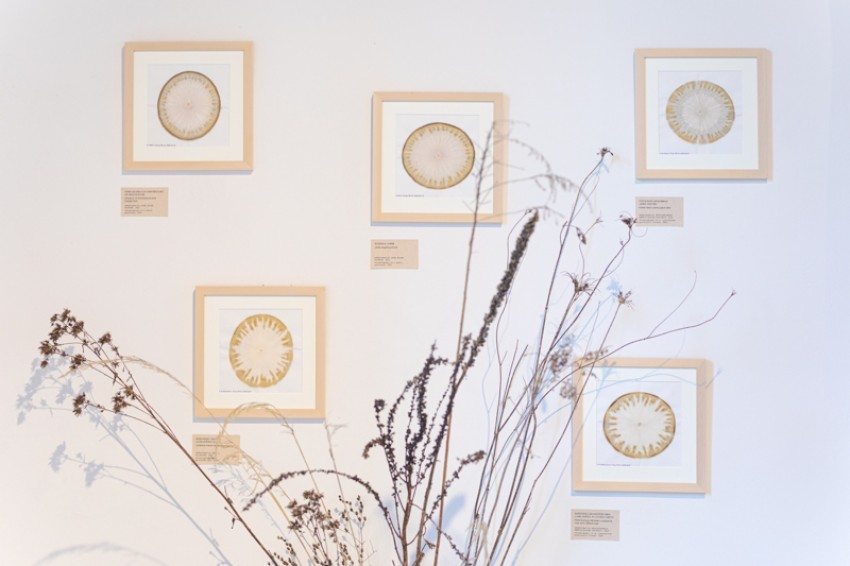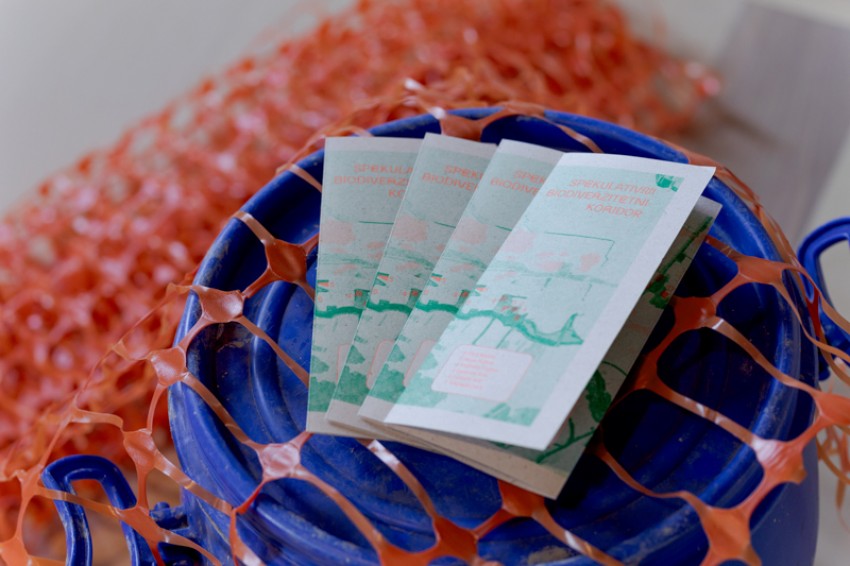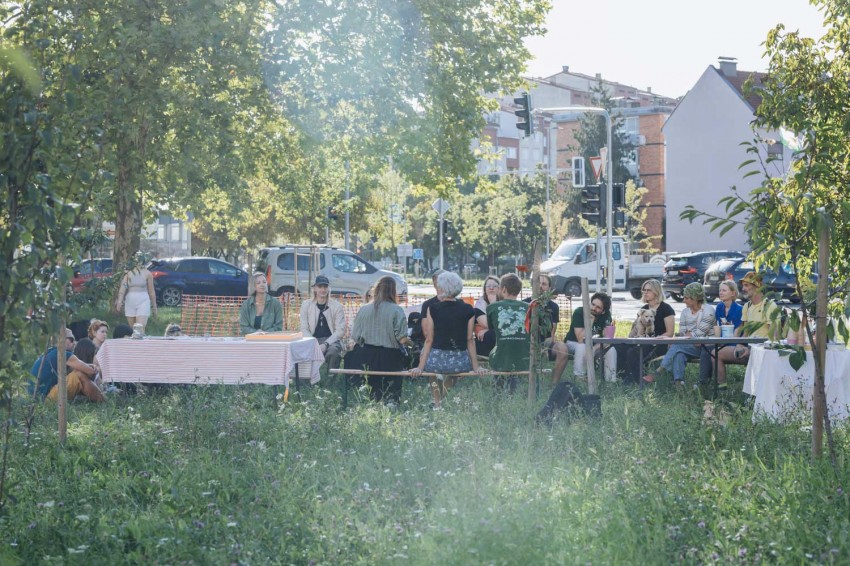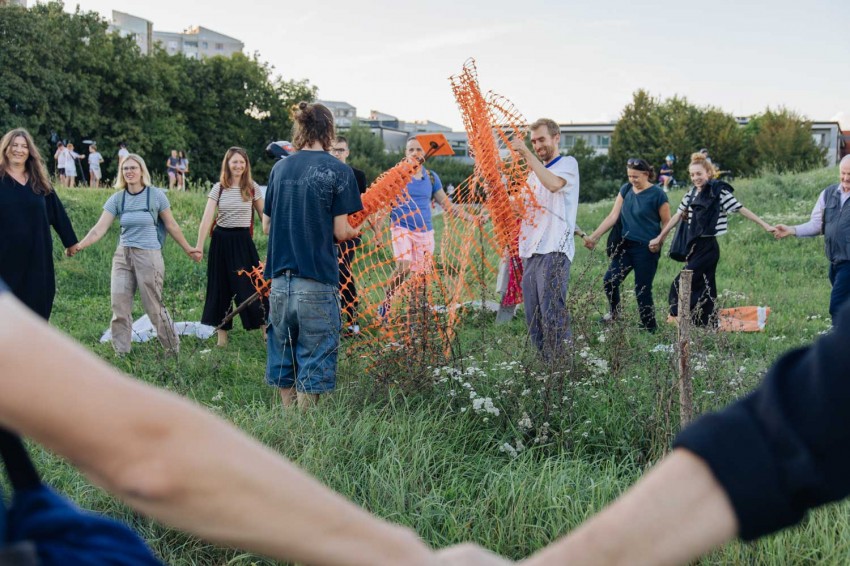Crafting Biodiversity
Question
How can craft act as a form of multispecies city-making?
Context
For centuries, human cultures have cultivated biodiversity through practices like beekeeping, foraging, grazing, transhumance and agroforestry – situated forms of knowledge that invite us to understand the city not as a human domain alone, but as a contested ecosystem where multispecies life flourishes through care and interdependence. Yet as urbanisation accelerates, biodiversity is being increasingly suppressed by privatisation, anthropocentric zoning and technocratic management – even within protected areas. Conservation often reinforces colonial ideals of ‘sanitised’ nature, marginalising feral ecologies like Krater that resist categorisation. Biodiversity-crafting asserts stewardship as a co-creative, insurgent practice that confronts dominant planning paradigms and lays the groundwork for a multispecies right to the city. Achieving this will not only require institutional change but also ongoing, collective acts of ecological solidarity that focus on multispecies needs and tap into feral, indigenous knowledge systems.
The project
Crafting Biodiversity* explores craft as a reparative and insurgent land practice. It sets in motion a speculative biodiversity corridor between Krater and the Museum of Architecture and Design (MAO) in Ljubljana, challenging the way ecological connectivity is imagined, governed and enacted in the urban realm. Biodiversity-rich plots from feral ecologies facing erasure by urban development have been transplanted into public greenspaces, forming experimental biodiversity parcels totalling 30,000 m². Enclosed and reclassified as cultural public space, these zones activate multispecies-centred stewardship that disrupts normative urban management practices.
To boost insect, plant and animal biodiversity across the corridor, the plots are mown in phases, using the phased mowing approach rooted in the pre-Alpine land traditions (with a part of the plot left unmown), or the no mowing regime. Ongoing ecological monitoring records the regenerative potential of these interventions, making the forms of biodiversity co-production visible. At the close of the exhibition, land managers including the municipality and MAO will be invited to maintain these parcels as pockets of protected urban biodiversity and cultural production. In parallel, the museum has called for phased mowing to be recognised as an official craft sector, reframing land care as skilled, situated, future-facing collaborative labour.
The exhibition brings together artefacts, research tools and bureaucratic documents ranging from corridor maps and soil chromatograms to rhizotrons, species inventories and municipal permits, cultivating a collective praxis of ecological resistance and urban biodiversity-making.
*Crafting biodiversity builds on the critical discourse and accompanying actions co-developed with architect Danica Sretenović, which work as an advocacy strategy to integrate feral ecosystems into the urbanism of future-resilient cities.
See: https://koozarch.com/essays/the-feral-palace-education-as-a-design-urgency
**Multispecies urbanism – see https://whoiswe.nl/manifestos
Authors: Gaja Mežnarić Osole, Andrej Koruza (Trajna / Krater collective), Debra Solomon
Collaborators: Renata Šifrar, Karl Kaisel, Regina Vitány, Amadeja Smrekar, Danny Shaw, Urška Kristina Škerl, Katja Koncilja, Iva Špilak, Altan Jurca Avci, Rok Oblak, Katja Kolačič, Darko Petan, Tadej Golob
Organised by: Museum of Architecture and Design (Blažka Kirm, Cvetka Požar, Maja Vardjan, Tanja Vergles, Nikola Pongrac)
Special thanks: Mateja Šmid Hribar, Matjaž Rozina, Juan José López Díez, Ina Šuklje Erjavec, Matija Bevk, Elie Seksig, Petra Sladek, Andrej Piltaver, Alen Mangafić, Danica Sretenović, David Milosavljević, Maja Kolar, Ivana Borovnjak, Ljubiša Maksimović, Neli Grafenauer
Photos: Luka Karlin and Amadeja Smrekar
You can view the Living Craft Project at the exhibition Future Legacies: Platform for Contemporary Craft and Design MADE IN at MAO, as well as at 18 biodiversity parcels around Ljubljana between May 15th and September 14th 2025.

